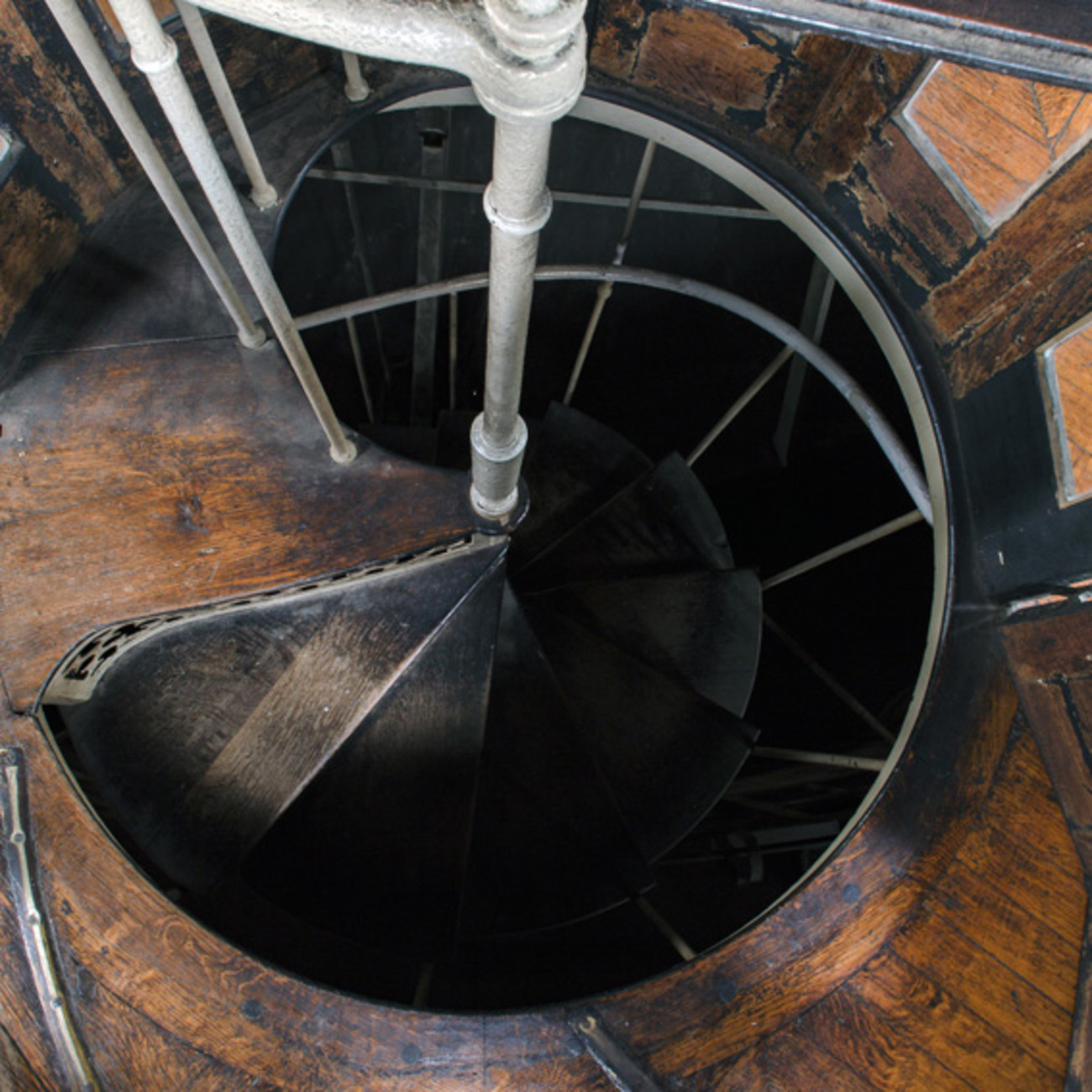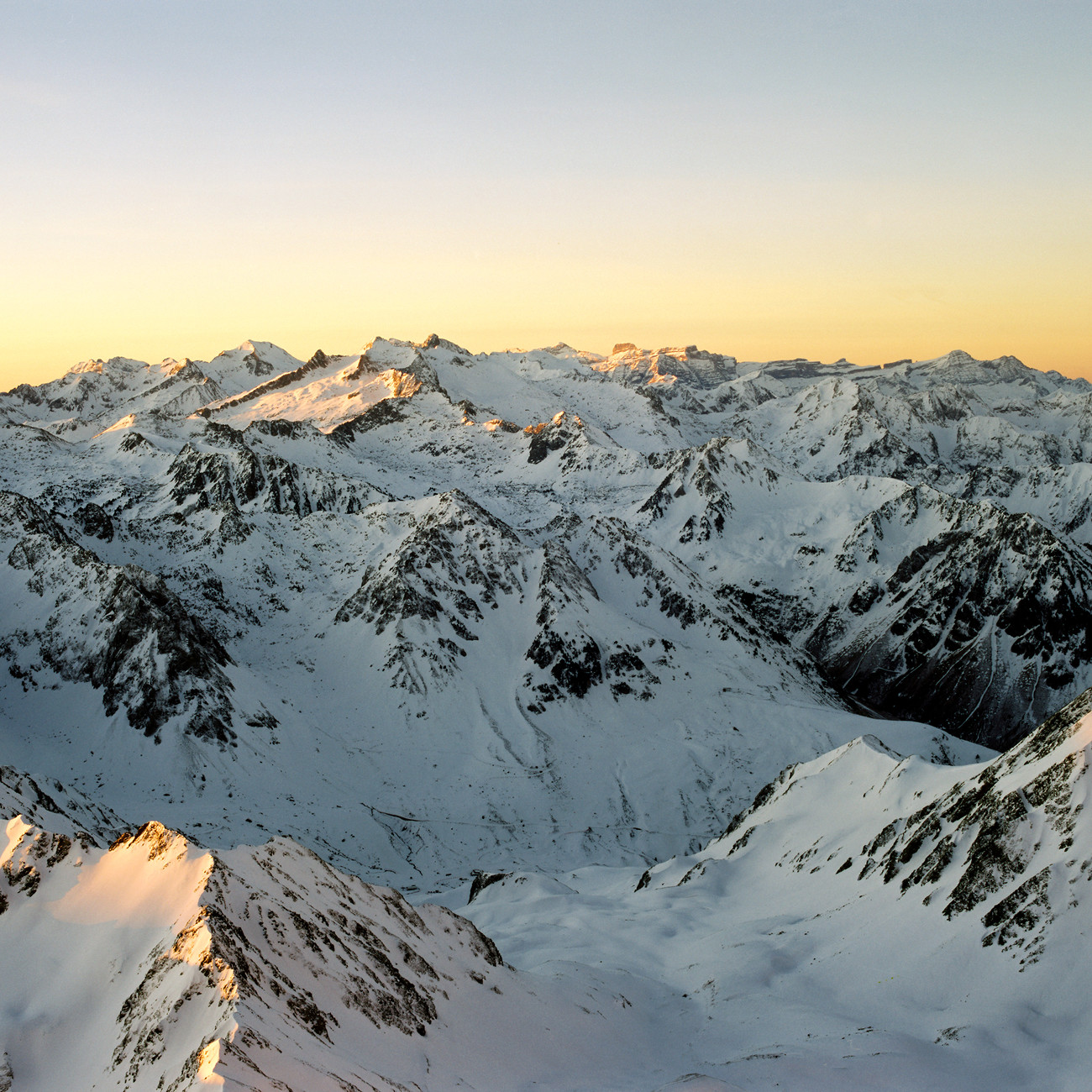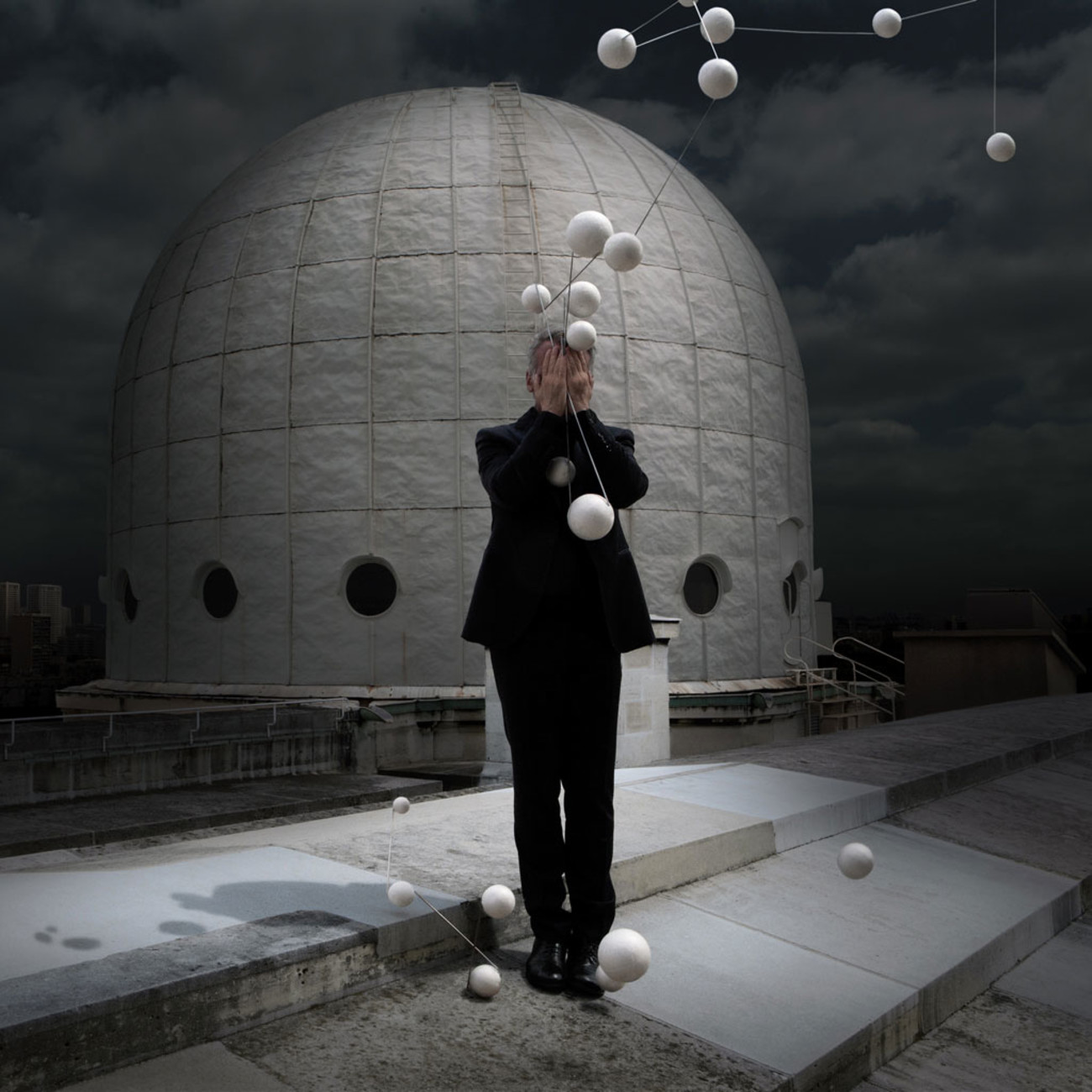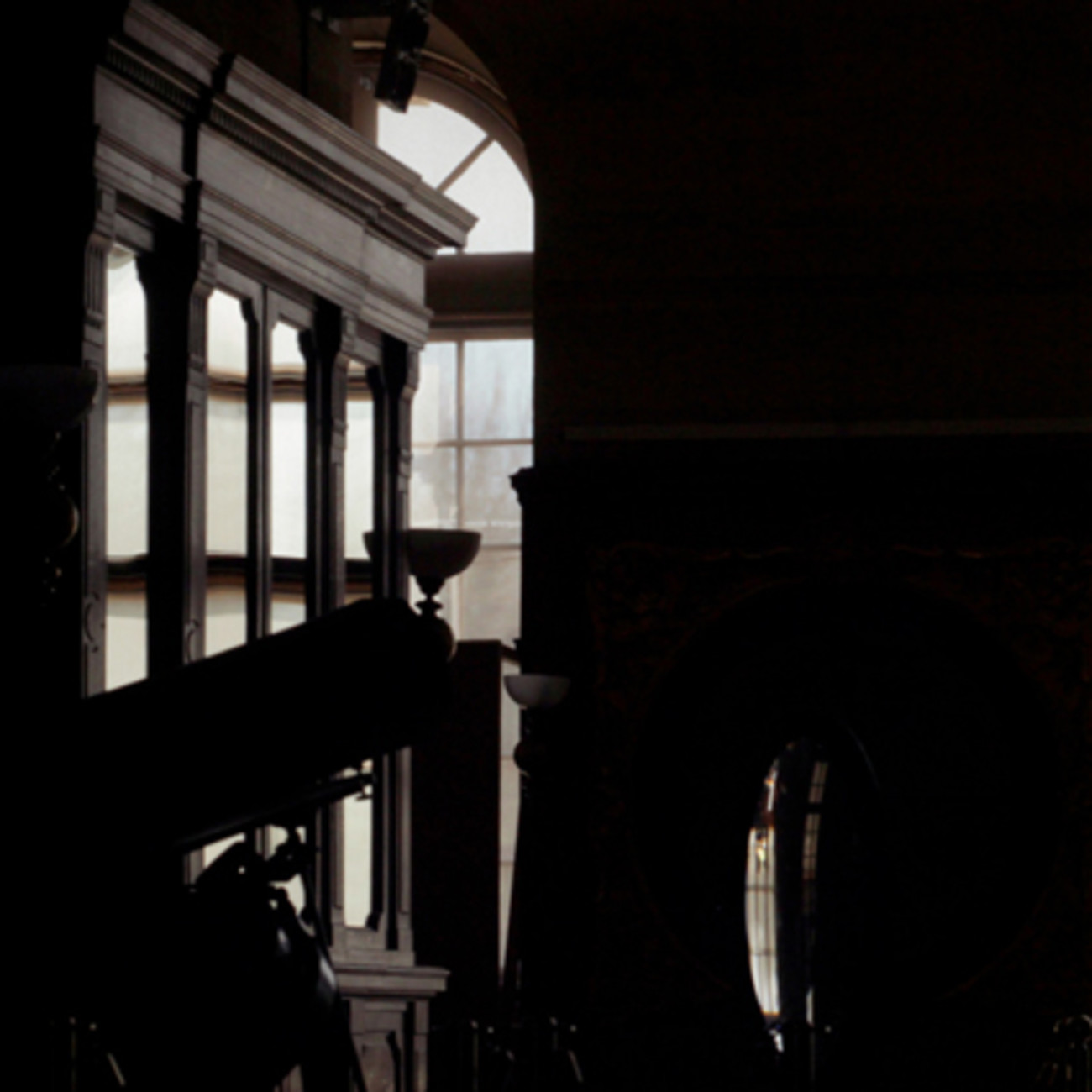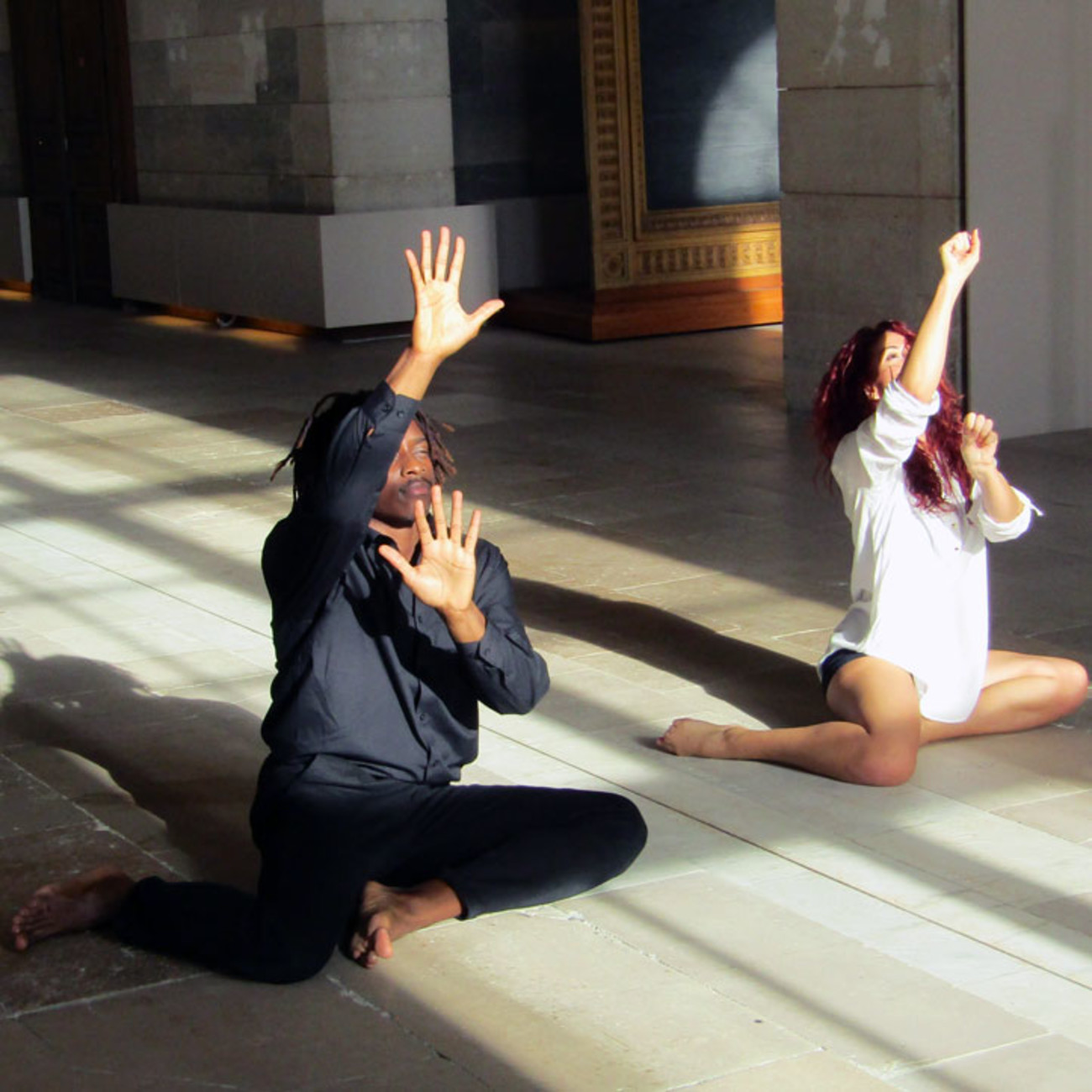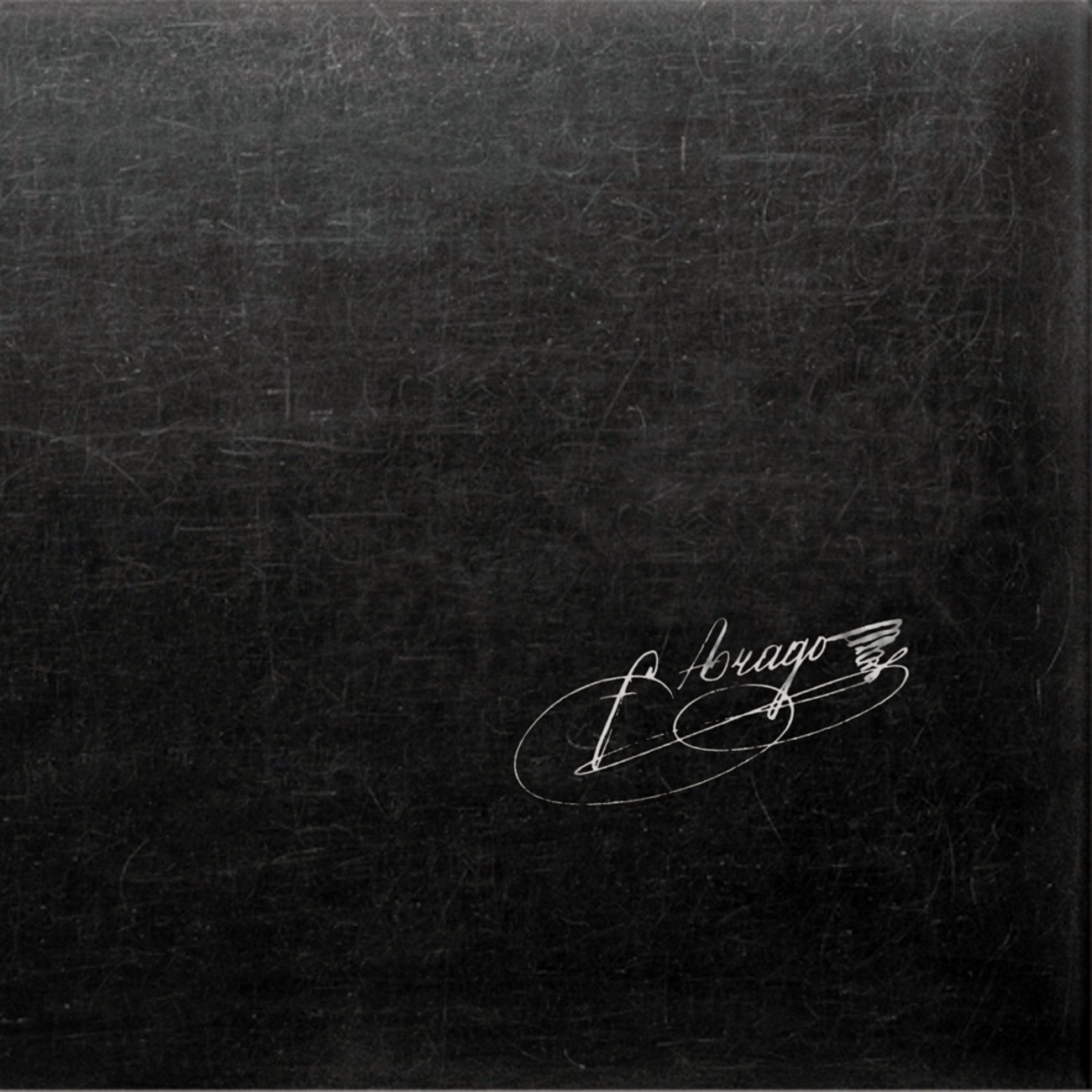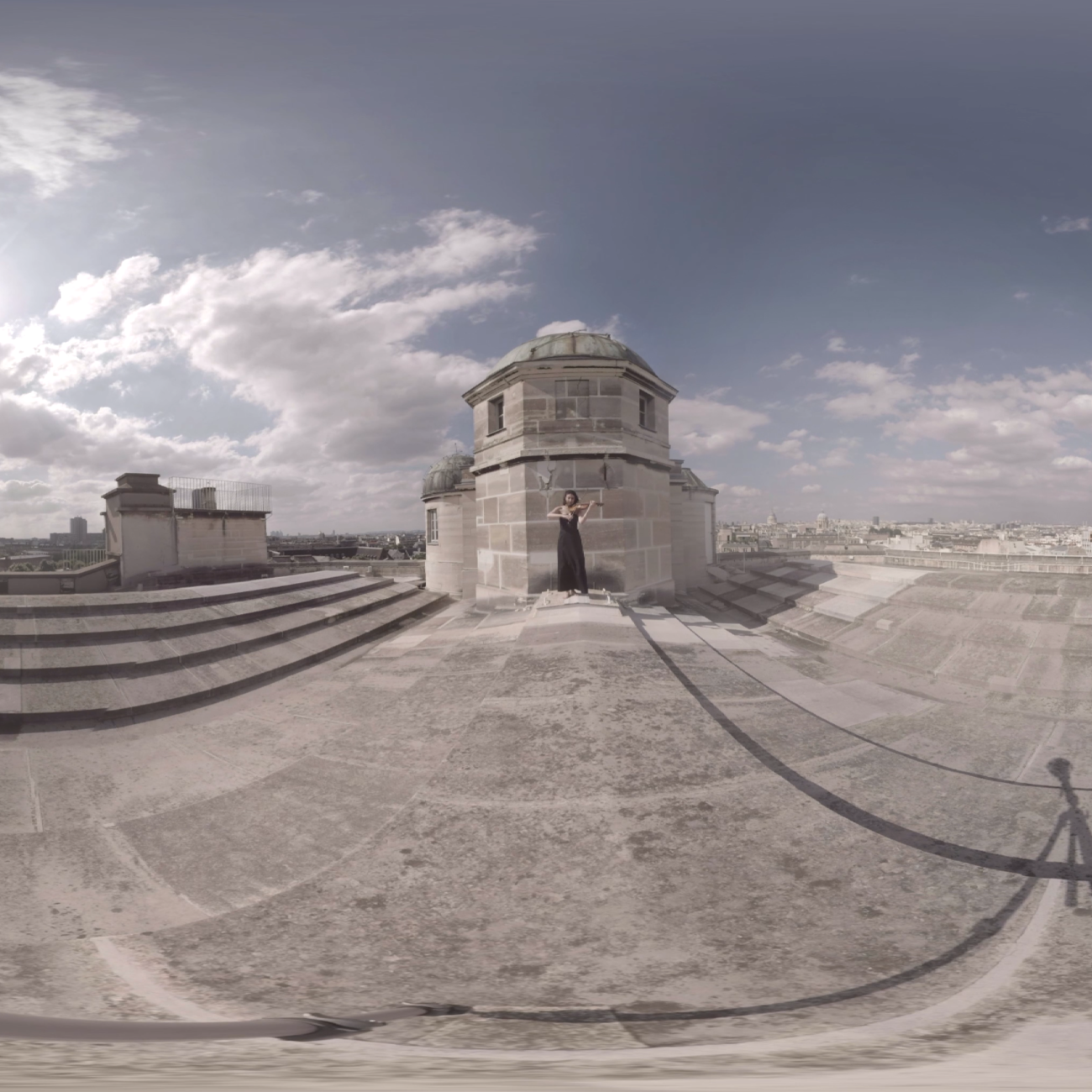Claude Courtecuisse is one of the last artists to have a workshop at the Observatory. Bathed by the light of the place - and of the sky, his artistic project is a direct tribute to knowledge and its diffusion.
It is embodied in the figure of Francois Arago (1786 - 1853), an eminent scientific and political authority of his time, also known for the famous “Course of popular astronomy” in which he wrote on a blackboard preserved in the Observatory. This course involved a deep social and humanistic approach.
Inspired by these same values and transmitted throughout the whole world by the digital magic, the project of Claude Courtecuisse invites personalities of all nationalities and horizons to write for the future generations a message on the blackboard of Arago … dedicated to the universal thinking.
Rendez-vous in June 2017 to discover a compilation of these messages …
L'Agorad'Arago
“L’Agora d’Arago,” which will be recorded photographically, intends to pay tribute to one of the preeminent scientific and political authorities of the Paris Observatory: François Arago (1786-1853).
The project covers the 30 years in which Arago taught his courses of popular astronomy, begun in 1813, an approach that was deeply cultural, social and humanistic.
The Observatory of Paris possesses the richly ornamented blackboard on which Arago illustrated his courses in an amphitheater (no longer extant) that he had built for this purpose in the west wing of the famous building designed by Claude Perrault.
This project involves inviting personalities, whether from the scientific staff of the Observatory or from other sources, to write messages on this historical blackboard, which is installed in the famous and emblematic Cassini room. This majestic chamber houses the Paris meridian line created in the 18th century. It was also used temporarily by Arago to deliver his lectures.
The messages on the blackboard will be open to scientific thought, to knowledge, to the imaginary world of today and to its complex richness by questioning the place, the subject, the memory… A link with photography is appropriate here because it was Arago who promoted the nascent photography by presenting in 1839 Louis Daguerre’s daguerreotype to the Academy of Sciences.
Because the blackboard, which is a classified monument, cannot be touched, a technique of video projection will simulate writing on its 200 cm by 140 cm black surface. Moreover, video as a contemporary recording links the past and the present, and it makes it possible for the project to be seen around the world on the Internet.
While this blackboard was the interface between Arago’s deep scientific humanism and the wide-reaching public to whom it was addressed, today, via the Internet, it becomes a worldwide interface that Arago would no doubt have exploited today.
The final project will record the proposals of each personality according to a defined timetable. It will capture and register photographically the messages inscribed on the blackboard.
This work will be published and presented in exhibitions.
